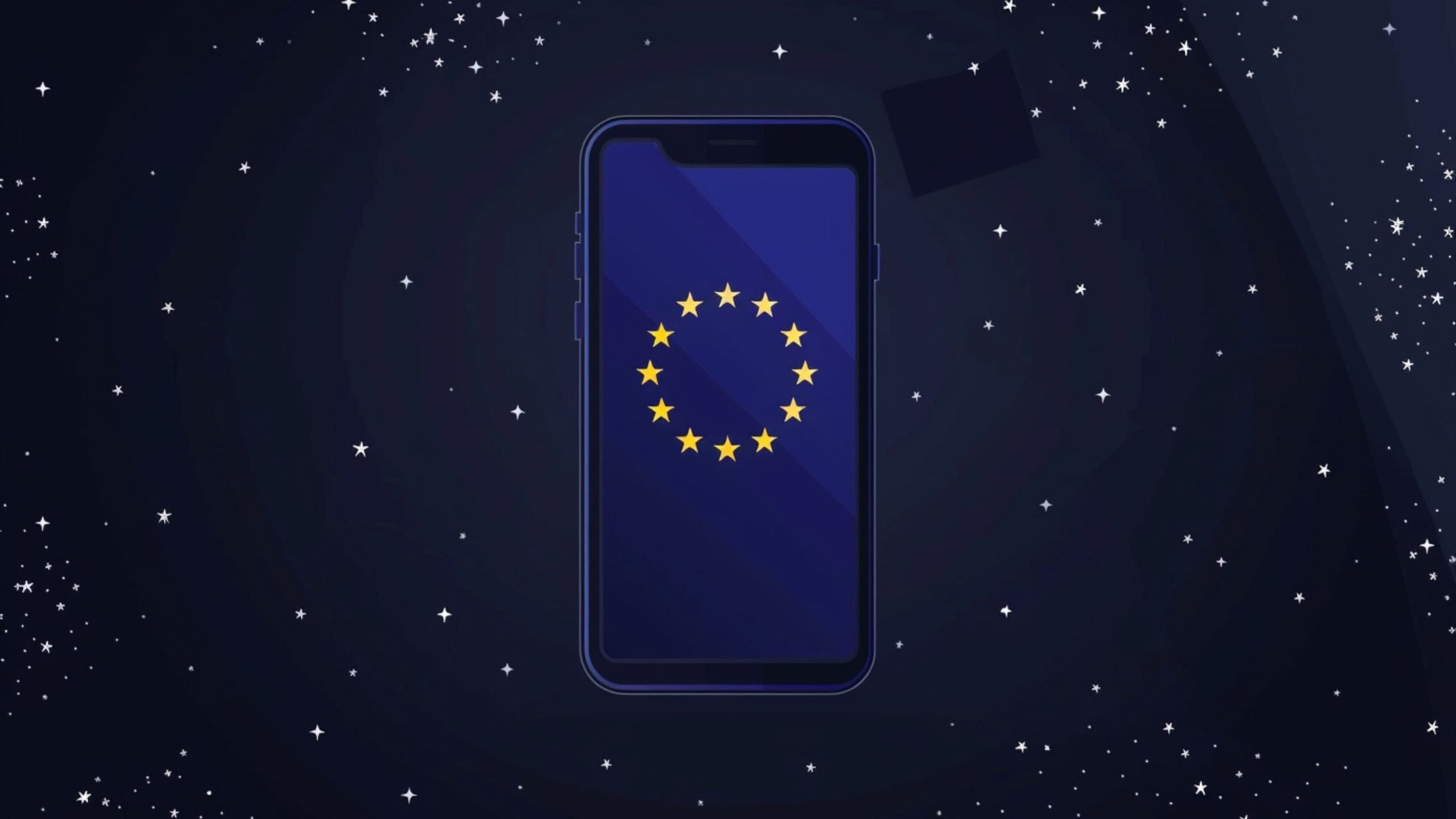As part of a broader campaign to expand its global influence in the digital era, the European Union has introduced a sweeping International Digital Strategy that leans heavily on centralized infrastructure, digital identity systems, and regulatory frameworks that raise significant questions about online freedoms and privacy.
The European Commission, in announcing the initiative, stressed its intent to collaborate with foreign governments on a range of areas, prominently featuring digital identity systems and what it calls “Digital Public Infrastructure.”
These frameworks, which have garnered widespread support from transnational institutions such as the United Nations and the World Economic Forum, are being marketed as tools to streamline cross-border commerce and improve mobility.
However, for privacy advocates, the strategy raises red flags due to its promotion of interoperable digital ID programs and a surveillance-oriented model of governance under the guise of efficiency.
According to the strategy documents, one of the EU’s objectives is to drive mutual recognition of electronic trust services, including digital IDs, across partner nations such as Ukraine, Moldova, and several Balkan and Latin American countries. This aligns with the EU’s ambitions to propagate its model of the Digital Identity Wallet, an initiative that privacy campaigners warn could entrench government control over personal data.
The strategy also outlines measures to deepen cooperation on global digital regulation, including laws that govern online speech.
While framed as promoting “freedom of expression, democracy, and citizens’ privacy,” these efforts are closely tied to the enforcement of the Digital Services Act (DSA), which mandates extensive platform compliance and systemic risk monitoring.
The DSA’s application includes obligations around child protection, a frequently used rationale for expanded content moderation, and identification requirements online.
On page 11 of the strategy, the EU commits to ramping up its fight against what it refers to as Foreign Information Manipulation and Interference (FIMI), promising increased attribution of such activities.
This reinforces the trend toward institutionalizing information control and delegitimizing foreign narratives under an expansive definition of interference.
The EU also seeks to entrench its model of digital governance through alignment programs with countries like India, Brazil, Egypt, and Uruguay, particularly in the areas of digital ID interoperability and public infrastructure development. It praises the UN’s Global Digital Compact, an agreement aimed at shaping global internet rules, including digital identity and content regulation, as a shared foundation for the future digital order.
Age verification requirements also feature in the EU’s efforts, particularly through its promotion of the DSA. The strategy designates the “protection and empowerment of minors online” as a global priority, language that, while outwardly protective, frequently serves as a pretext for requiring more stringent surveillance mechanisms and platform moderation tools.
In framing digital transformation as both an economic imperative and a security concern, the EU’s strategy reinforces a convergence of interests between state power and corporate infrastructure. It is a vision of the digital future where identity verification, regulatory harmonization, and global partnerships coalesce into a tightly managed ecosystem, one that may leave little space for meaningful privacy and anonymous participation online.










